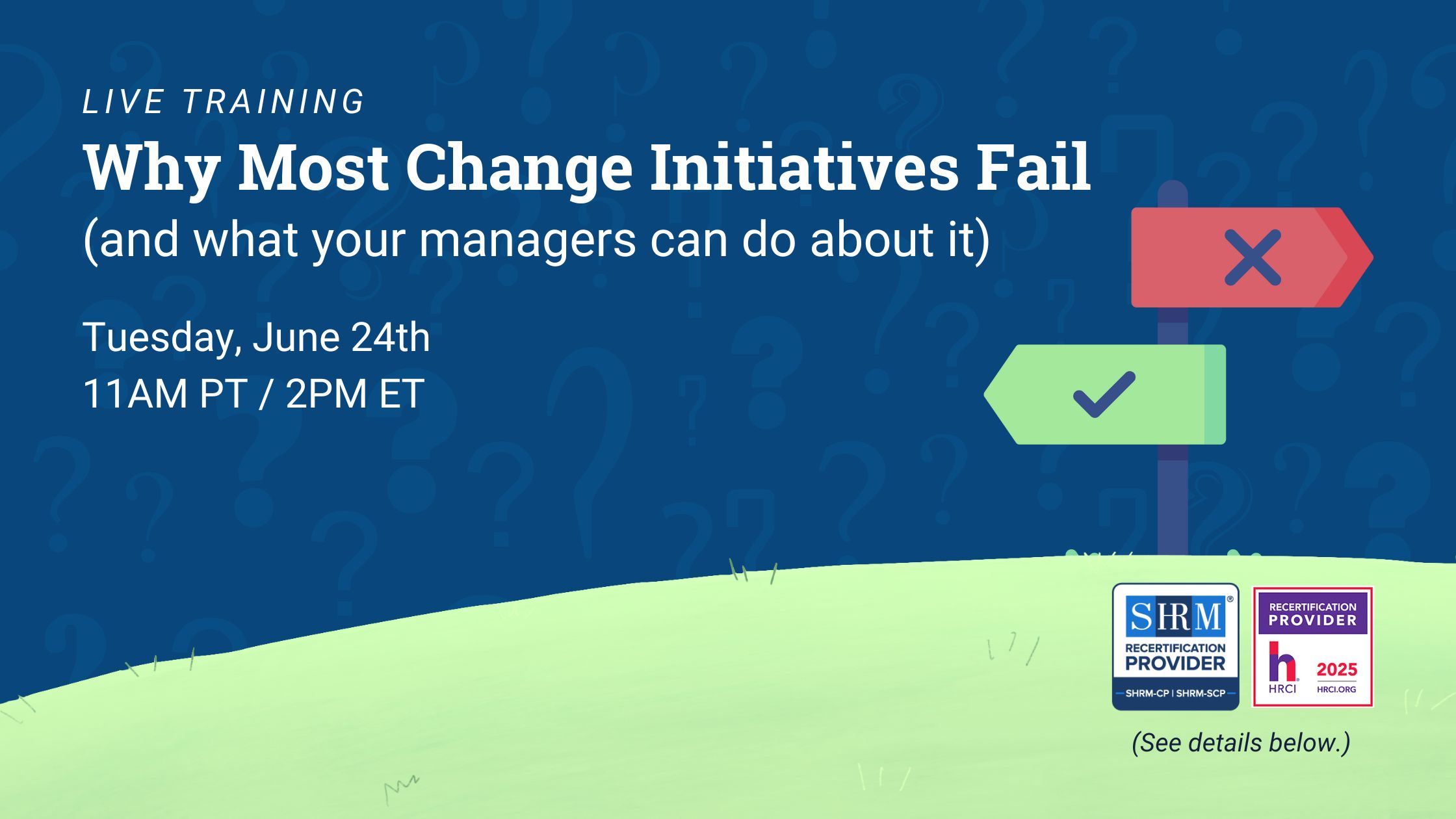In the world of business, setbacks are as common as success stories. Yet, it’s how we handle these stumbling blocks that truly define our path forward. The concept of “failing forward” is a powerful approach that builds on how teams and individuals view and respond to challenges.
At its core, failing forward is about embracing our missteps as valuable learning opportunities. It’s a mindset shift that transforms hurdles and failure into fuel for innovation and growth. Instead of sweeping mistakes under the rug or pointing fingers, employees learn to dissect them, understand them, and use them as springboards for improvement.
However, this approach isn’t just about putting a positive spin on negative outcomes. It’s also a strategic way to build resilience, foster creativity, and drive continuous improvement within teams. By reframing failure as a necessary step on the road to success, your team members can open doors to new ideas and approaches that might otherwise remain unexplored.
How Can Being Able to Fail Forward Help Employees Grow?
Being able to fail forward is great for employee growth, but it’s not always easy to implement. Many workplaces have “buried skeletons,” i.e., past failures or mistakes that everyone tiptoes around. The fear of addressing issues can create a culture where people avoid or are afraid to take risks or admit when things go wrong.
The key to breaking this cycle is effective communication. When managers and leaders are transparent, it sends a powerful message: “Hey, we’re all human here. Mistakes happen, and that’s okay.” When leaders take the first step, it creates a domino effect.
And when employees see that it’s safe to discuss failures without fear of harsh consequences, they’re more likely to:
- Bring up potential issues before they become big problems
- Suggest innovative ideas that might seem risky
- Learn from each other’s experiences, both good and bad
- Develop resilience and problem-solving skills
Leaders can foster this growth by creating spaces for open dialogue about challenges and setbacks. This could be regular team check-ins where everyone shares a recent learning experience or a company-wide initiative to celebrate “fail forward” moments.

5 Tips to Learn How to Fail Forward in the Workplace
1. Set realistic expectations
Setting realistic expectations is an expected part of the learning process and enables innovation. Managers should work with their employees to establish achievable goals that allow for some degree of risk-taking. It’s important to differentiate between productive failures (those that lead to learning and improvement) and unproductive ones (resulting from negligence or repeated mistakes).
By setting clear parameters for acceptable risks and potential failures, employees can feel more comfortable stepping out of their comfort zones. This approach helps create a balanced environment where innovation is encouraged but not at the expense of overall productivity and quality standards.
2. Focus on wins and lessons learned
When failures occur, it’s essential to shift the focus from the negative outcome to the positive lessons and small wins that can be extracted from the experience. Encourage employees to identify what went right, even in the face of overall failure, and to articulate the valuable insights gained. This could involve implementing a structured reflection process where team members document their learnings after each project, regardless of its success.
By highlighting these lessons and minor victories, you reinforce the idea that every experience contributes to growth and improvement. This positive reinforcement helps build resilience and maintains motivation, even when facing setbacks. Over time, this practice can transform the team’s perspective on failure, viewing it as a valuable source of information rather than a purely negative outcome.
3. Encourage open communication and feedback
Employees should feel safe to discuss their failures, concerns, and ideas without fear of repercussion. Implement regular check-ins, team meetings, or anonymous feedback systems where individuals can share their experiences and insights. Leaders should model this behavior by being transparent about their own challenges and failures.
Additionally, provide constructive feedback that focuses on growth opportunities rather than criticism. When discussing failures, use language that emphasizes learning and improvement, such as “What can we learn from this?” or “How can we approach this differently next time?” This open dialogue not only helps in addressing issues promptly but also creates a collaborative environment where team members can support each other through challenges and collectively work toward solutions.
4. Provide resources and support for learning
Employees need the right tools and support to fail forward effectively. Invest in resources that help team members develop problem-solving skills and a growth mindset. This could include offering workshops or coaching on topics like resilience, stress management, or creative problem-solving. Provide access to relevant books, online courses, or mentorship programs that can help employees build the skills needed to learn from failures effectively.
Consider implementing a buddy system where more experienced team members can guide others through challenging situations. Additionally, ensure that employees have the necessary time and space to reflect on their experiences and apply their learnings. By demonstrating a commitment to employee development, even in the face of setbacks, you reinforce the value of continuous learning and growth within the organization.
5. Celebrate and recognize growth from failures
Implement a system that acknowledges not just successful outcomes but also significant learnings and improvements that result from setbacks. This could involve sharing success stories in team meetings, creating a “Fail Forward” award, or including learning from failures as a criterion in performance reviews.
When celebrating these moments, focus on the process of learning and adaptation rather than just the end result. Highlight how the individual or team used the failure as a stepping stone to eventual success or innovation. This approach helps shift the organizational mindset from fearing failure to viewing it as a valuable part of the growth process. By publicly recognizing these efforts, you encourage others to adopt a similar mindset and approach to challenges.
Why Being Able to Fail Forward Is Necessary
By instilling a fail-forward culture within employees, companies create a resilient workforce capable of turning setbacks into opportunities for improvement and innovation. And to truly support employees’ growth and future success, it’s essential to provide resources that extend beyond their current roles.
INTOO offers a variety of career development programming to help each member of your organization reach their full potential. From coaching to workshops and trainings, we can help you find the right combination to help your team excel.
Boost loyalty, reputation, and growth while fostering a culture of continuous learning and development. Contact our team today!











